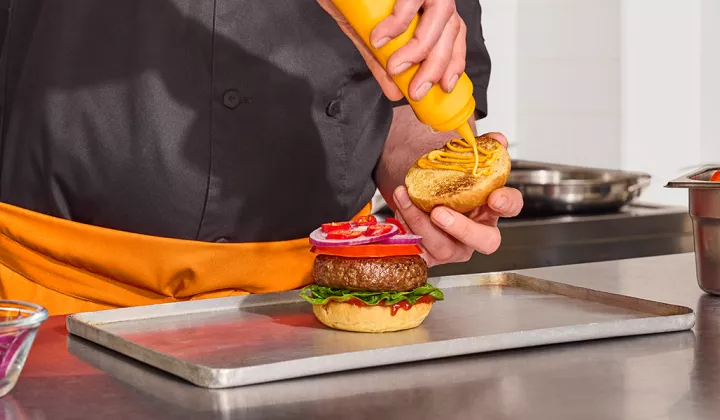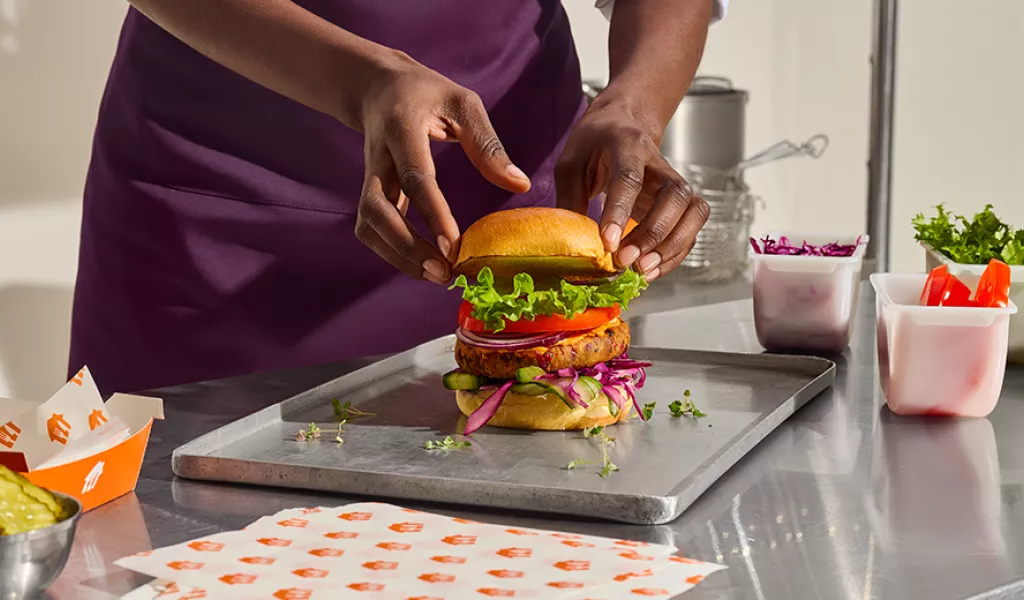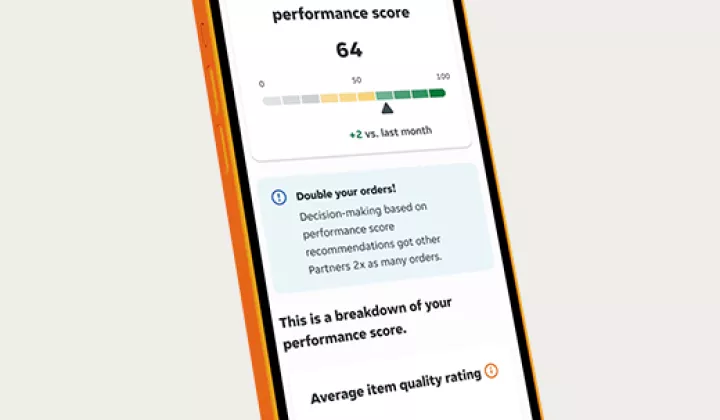
On this page
What you'll get from this article:
Understand key ways to help save your business money
Consideration about maximising your menu
The increasing costs of Inflation
With inflation driving the costs of everything up, from food supplies to wages, everyone is feeling the pinch one way or another. Here are some tips to help mitigate the negative impact and protect those precious margins without having to make massive changes.
Don't change everything at once
Though people are generally pretty understanding about the climate we’re in right now, the last thing you want to do is make too many drastic changes all at the same time. For example, if you increase your prices after you’ve reduced portion sizes, guests may not be too keen on taking the double hit. Try making one change, then monitoring the results, and taking it from there.
With the right strategies in place, you can keep customers happy and feed your bottom line.


